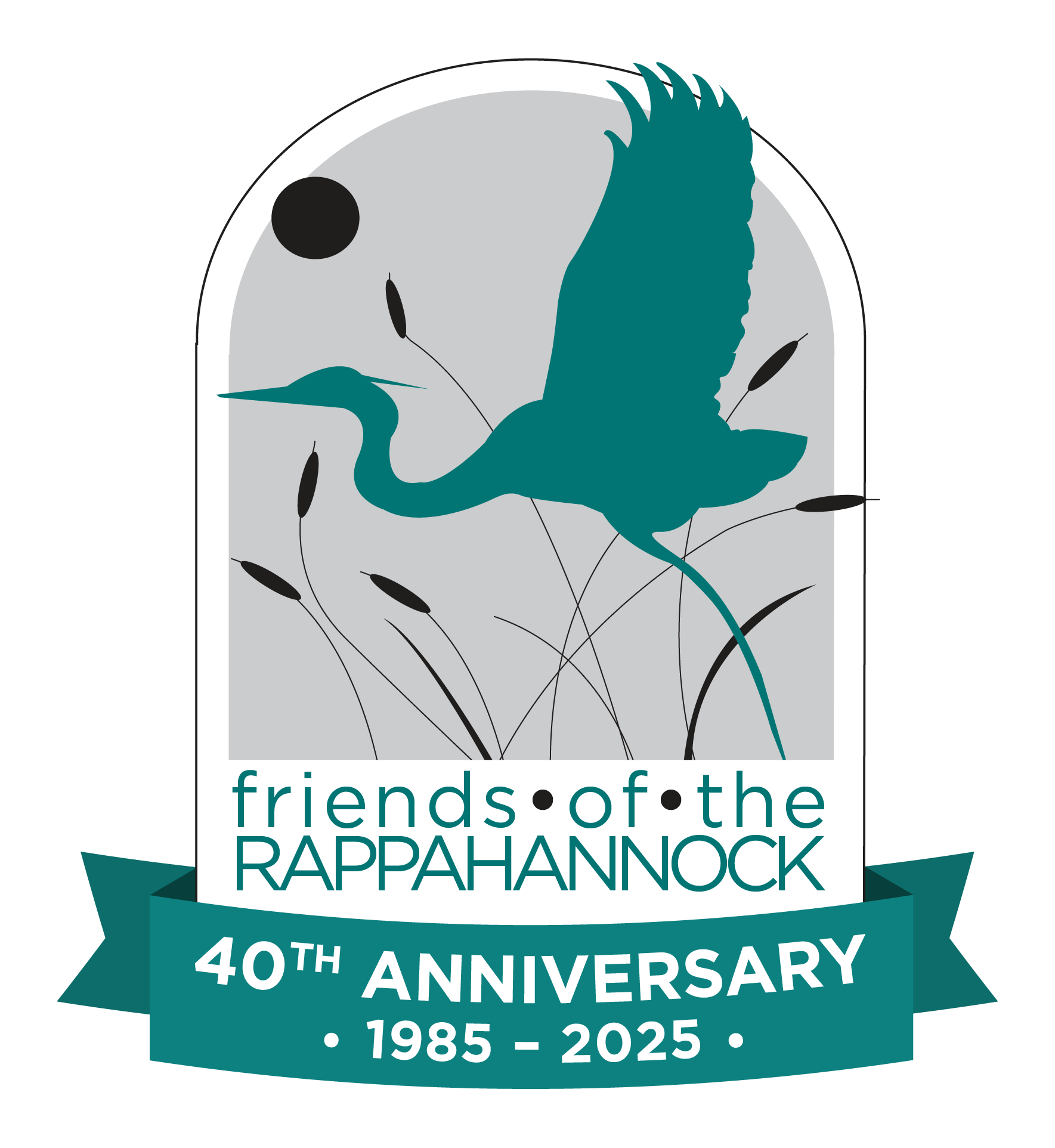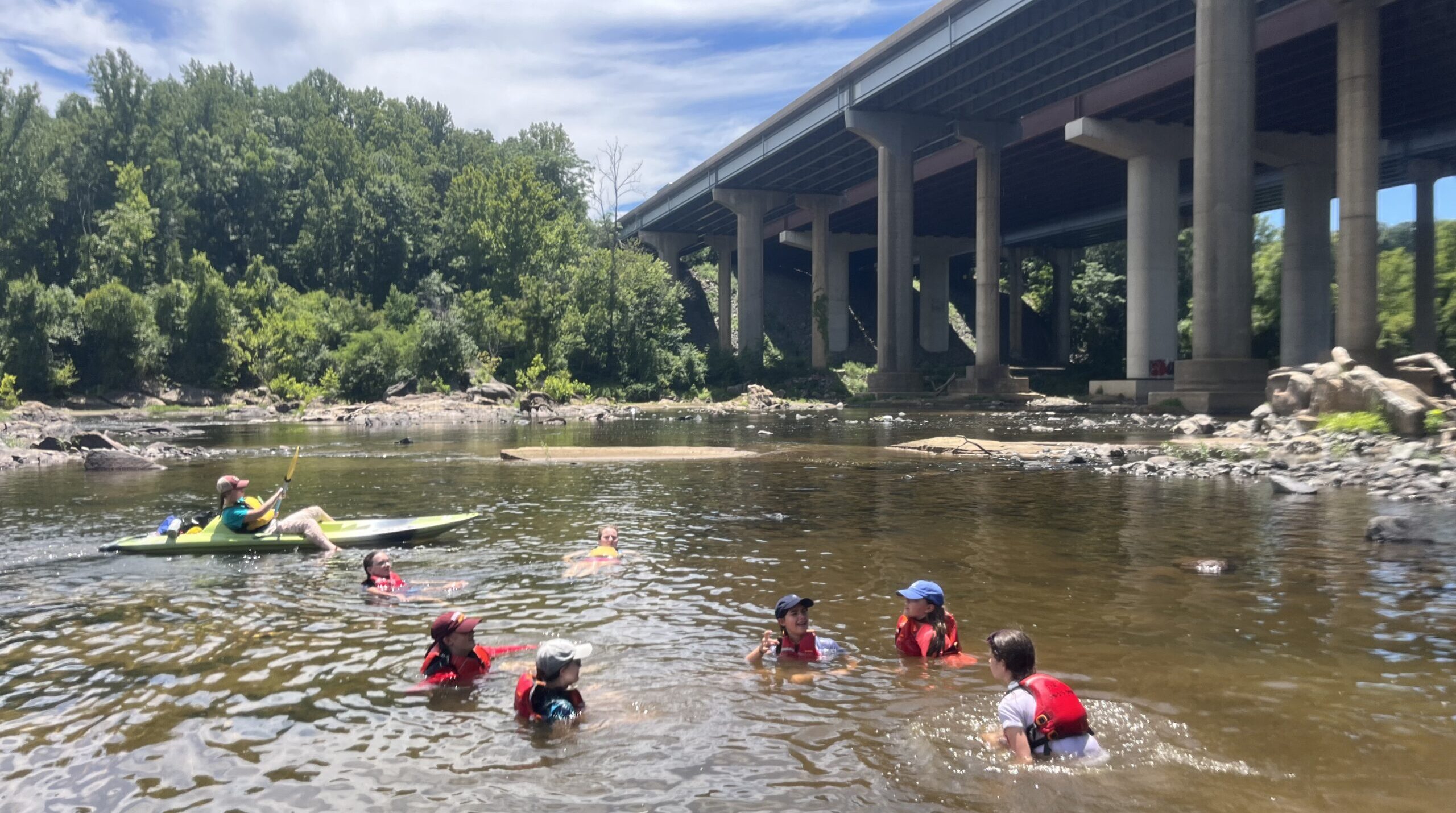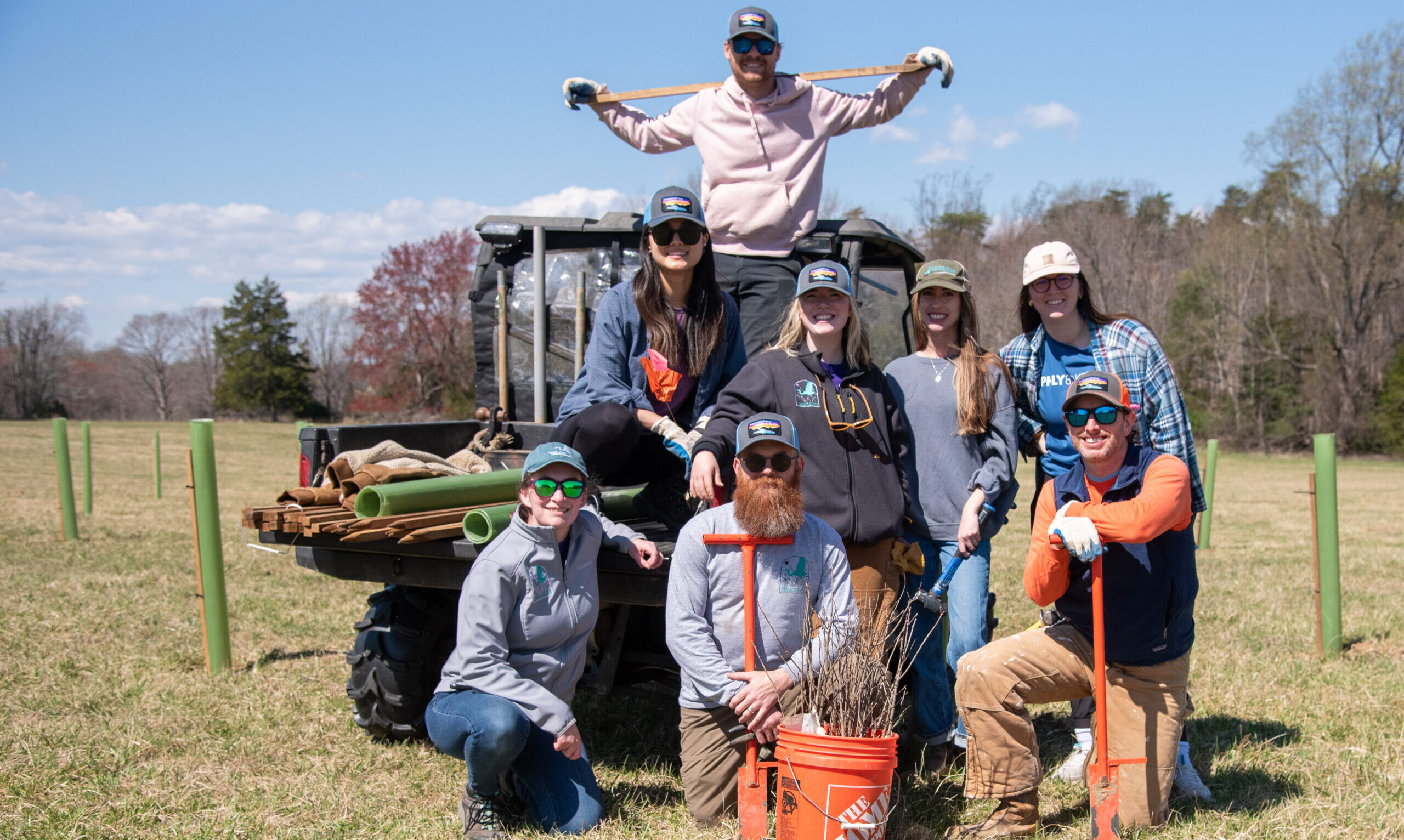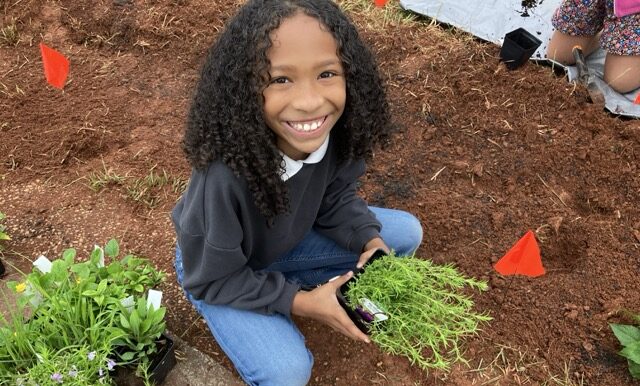The Rappahannock Has a Voice — Are We Listening?
 The Rappahannock River has always had something to say. You can hear it in the flow of its waters, the wildlife it supports, and the communities that have grown alongside it.
The Rappahannock River has always had something to say. You can hear it in the flow of its waters, the wildlife it supports, and the communities that have grown alongside it.
But its voice echoes far beyond Virginia.
Even if you’ve never paddled its waters or stood on its banks, the Rappahannock impacts you. One of the most historic rivers in the nation, the Rappahannock is where Native peoples met European settlers for the first time. It served as fertile ground for commerce and colonies at the beginning of our nation’s history and was a decisive factor in the Civil War [1].
The Rappahannock River is home to agriculture and aquaculture that extend beyond its basin, providing some of the best domestically grown beef, produce, and oysters. The Rappahannock River, the longest free-flowing river in the Chesapeake Bay Watershed, plays a critical role in supporting biodiversity.
Since 1985, Friends of the Rappahannock has been the voice and active force for a healthy and scenic Rappahannock River. And now, as we celebrate 40 years of advocacy, we’re gearing up with more momentum and opportunity than ever before.
It’s time to amplify our voice, together!
Why the Rappahannock Matters to All of Us
The Rappahannock River is the living thread that weaves together ecosystems, economies, and history.
The Rappahannock’s environmental value reaches far beyond its banks. It supports wildlife migration from the Blue Ridge Mountains to the Chesapeake Bay, forming one of the region’s most intact ecological corridors [2]. The river anchors an 8,000-acre National Wildlife Refuge and serves as a key link in the Atlantic Flyway [3]. It also strengthens climate resilience by absorbing floodwaters, filtering pollutants, and storing carbon in its wetlands and forests [4].
The Rappahannock is a vital economic force. Its world-renowned oysters are part of a $1.1 billion seafood industry [5]. In addition, tourism generates over $30 billion annually and supports more than 200,000 jobs [6].
The Rappahannock is a gateway to American history, with landmarks that bring its legacy to life. At Fones Cliffs, the land honors the first encounters between the Rappahannock Tribe and European settlers [7]. Ferry Farm, George Washington’s boyhood home, offers a window into colonial life [8]. Along the Trail to Freedom, sites like Falmouth Beach commemorate those who crossed the river in search of freedom during the Civil War [9].
And yet, despite its significance, the river’s voice risks being drowned out amid explosive regional growth and the shifting national focus on conservation and resource management. The Rappahannock River was recently named one of America’s Most Endangered Rivers of 2025 [10], a clear signal that now is the time to keep our attention on it.
The undercurrents of change are everywhere in recent trends around environmental protection efforts. Public grants have become more competitive. Environmental safeguards vary in consistency. Across the country, the sense of shared urgency around protecting the environment isn’t as strong or unified as it once was. Yet, the Rappahannock continues to flow, providing everyone a chance to listen and take action.
We know what’s possible when people come together, but meaningful action requires space, tools, and organization.
A Headquarters for the Next 40 Years
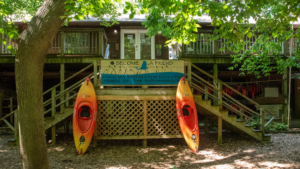 Since 1985, Friends of the Rappahannock (FOR) has been the leading voice for the river. We began around kitchen tables and in borrowed spaces, driven by volunteers, fueled by heart.
Since 1985, Friends of the Rappahannock (FOR) has been the leading voice for the river. We began around kitchen tables and in borrowed spaces, driven by volunteers, fueled by heart.
Today, we are a powerhouse in education, advocacy, and restoration. But our headquarters can no longer support the scale of work the river demands.
Right now:
- 8,000+ students rely on our programs each year, with 3,000 more on a waitlist
- Our space is not ADA accessible, limiting who we can serve
- Outdated systems make it hard to meet our own climate goals
- Our staff and volunteers work in cramped quarters with no room to grow
Building a Future that Listens
We’ve launched a Capital Campaign to revitalize our headquarters, and you can help make it possible. Thanks to a generous donor, all gifts up to $250,000 will be matched dollar for dollar. That means your contribution will go twice as far in helping us reach our $1.1 million goal.
But this campaign is about more than upgrading a building. It’s about creating a home base for the next generation of river defenders. With your support, we’ll create a space that reflects the scale and urgency of our mission:
- Accessibility for all: ADA-compliant entrances, restrooms, and classrooms
- Sustainable systems: High-efficiency HVAC, insulation, lighting, and more
- Expanded learning space: 50% more room to serve students and host community programs
- Permanent conservation: Protecting 22 forested acres for education and habitat health
The Rappahannock has always had a voice, and we have the opportunity to shape its future. Your support helps us strengthen the foundation for education, advocacy, and conservation, ensuring this vital river continues to thrive for generations to come.
Whether you give, volunteer, or share our story, you’re helping amplify the river’s voice.
The next FORty years start now. Will you stand with the Rappahannock and help carry its voice forward?
Get Involved!
Your gift will be matched up to $250,000. Choose a one-time donation, a monthly gift, or a planned giving option.
If you’re local, consider giving your time as a volunteer.
Looking for an event to get started? Attend FOR’s 40th Anniversary Outdoor Concert on June 8th, featuring live music, delicious food, and a tour of our newly renovated headquarters.
Follow Us on Social Media:
Sources
- National Park Service. “Slavery as a Cause of the Civil War.” Lincoln Home National Historic Site. https://www.nps.gov/liho/learn/historyculture/slavery-cause-civil-war.htm
- Whiteclouds – Rappahannock River Watershed Mapping
https://www.whiteclouds.com/blog/rappahannock-river-watershed-map - U.S. Fish & Wildlife Service – Rappahannock River Valley NWR
https://www.fws.gov/refuge/rappahannock-river-valley/about-us - Rappahannock River Basin Commission – Environmental Services Report
https://rrbcnews.files.wordpress.com/2019/10/cbt_final_submission_replacement.pdf - Virginia Mercury – Chesapeake Bay Oyster Recovery and Economics
https://virginiamercury.com/2023/03/08/in-chesapeake-bay-watershed-oysters-bounce-back - Virginia Tourism Corporation – 2023 Economic Impact Report
https://www.vatc.org/wp-content/uploads/2024/08/Virginia-Tourism-Economic-Impact-2023.pdf - Rappahannock Tribe – Tribal History
https://www.rappahannocktribe.org/tribal-history - George Washington Foundation – Ferry Farm Visitor Information
https://kenmore.org/visit-george-washingtons-ferry-farm - Fredericksburg History – Trail to Freedom: Falmouth Beach
https://fredericksburghistory.wordpress.com/2010/06/17/the-slaves-voice-emerges-part-ii-trail-to-freedom - American Rivers – Rappahannock River: Most Endangered 2025
https://www.americanrivers.org/river/rappahannock-river
